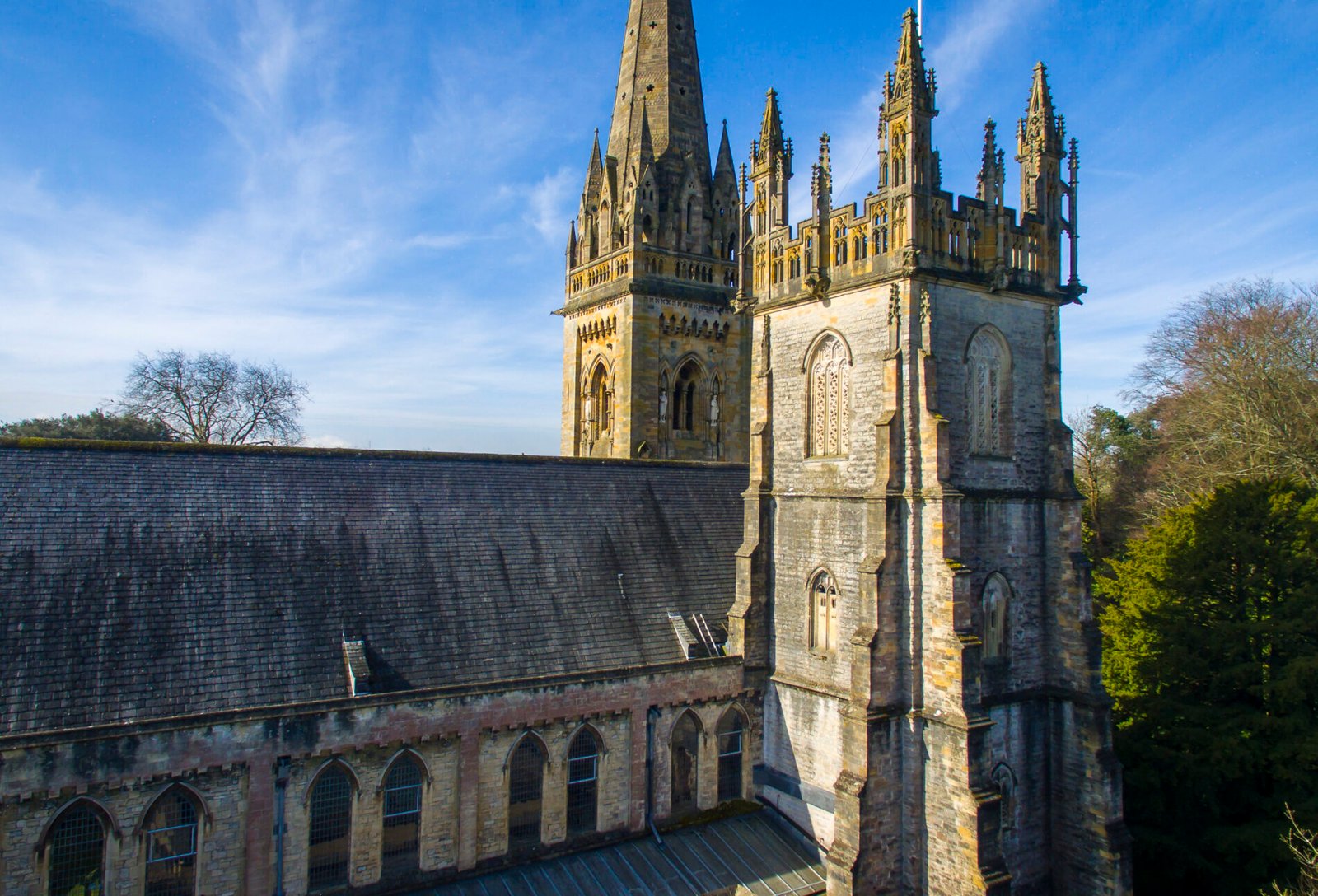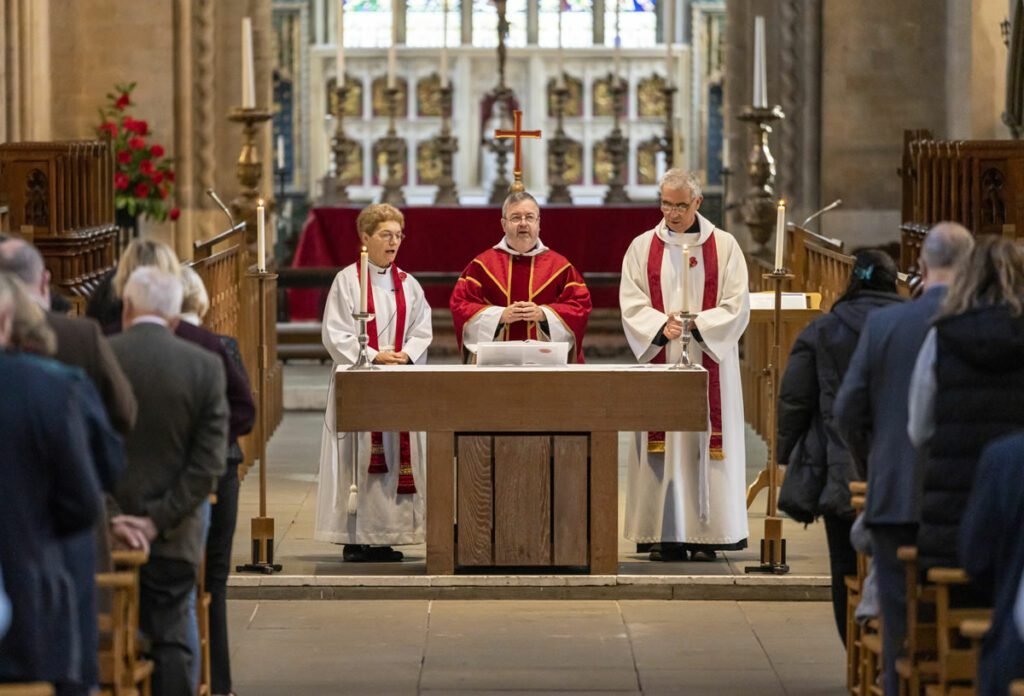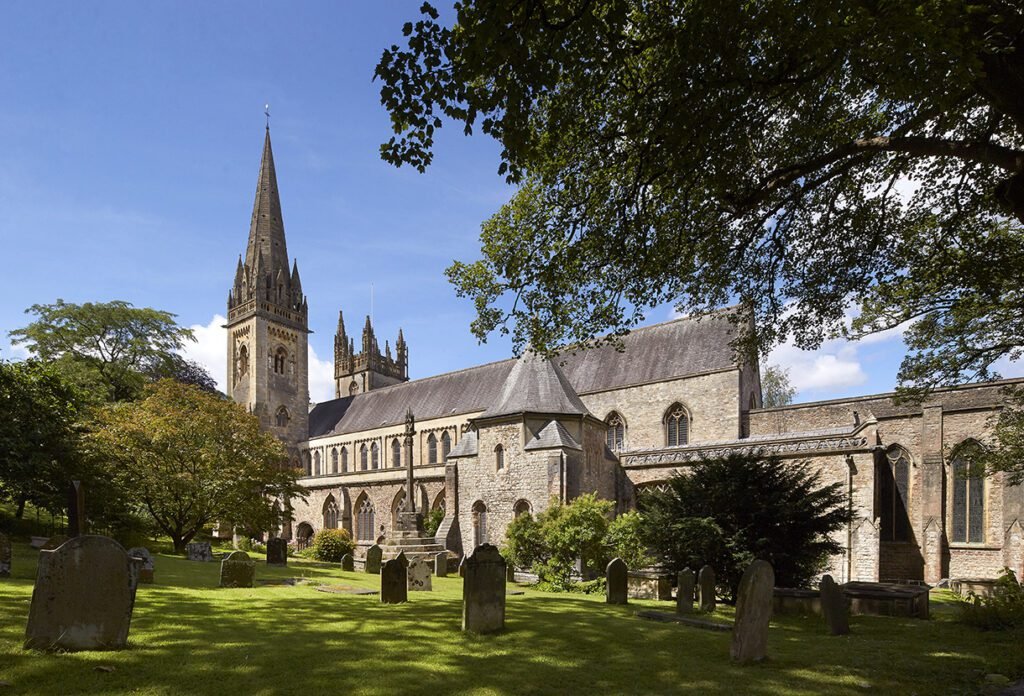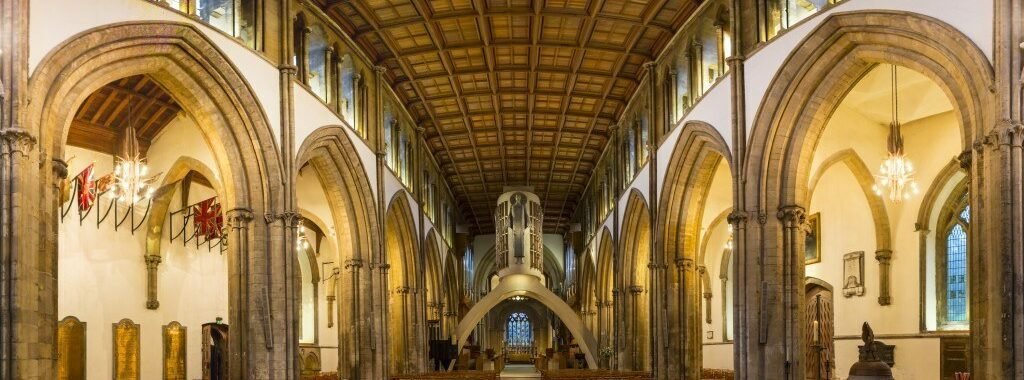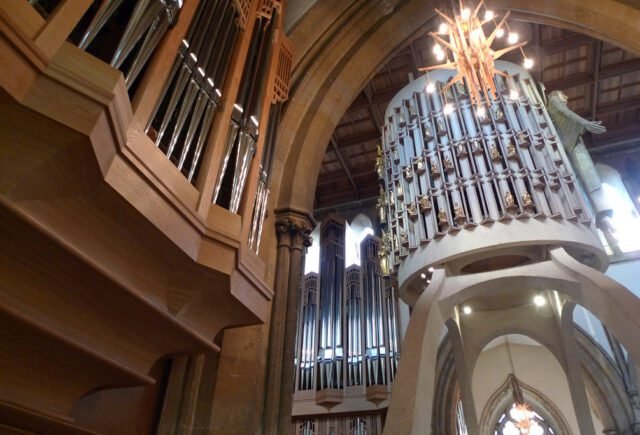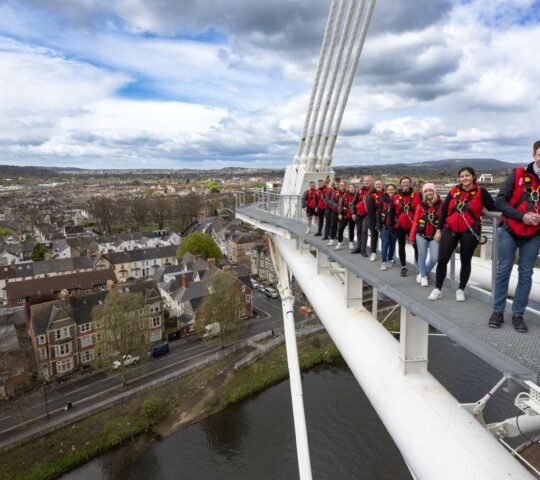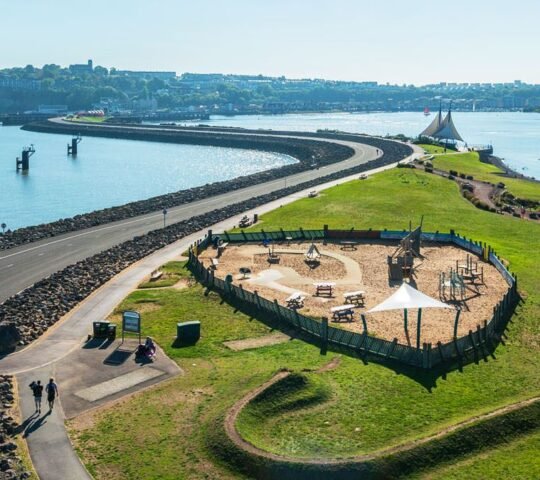Hightlight
-
 Family Friendly
Family Friendly
-
 Tours
Tours
Visit one of Cardiff historic attractions whilst staying in Cardiff. While the tour of the famous cathedral is FREE, they do ask for a donation of £5 per person. Come to hear about the history of the Cathedral, which started its construction in 1107.
They welcome enquiries regarding group tours of Llandaff Cathedral, with a tour lasting about 45 minutes to 1 hour, so you need to allow this time when booking. The tour will usually cover the following as we step through time to trace the history of Llandaff Cathedral.
Celtic Period 6th – 11th Century
Starting with the early settlement in 560AD, the origins of the Cathedral’s name and the reasons why this site was chosen. The historical links with the Celtic patron Saints, St Dyfrig, St Teilo and St Euddogwy.
Norman Period 12th Century
Bishop Urban who started building the Cathedral in 1120, competition with other Cathedrals and the Book of Llandaff.
12th –13th Century
Further developments and additions to the Cathedral including the Chapter House and Lady Chapel.
14th Century
Considerable work was undertaken to Llandaff Cathedral including the reredos behind the High Altar.
15th Century
A period when the Cathedral suffered from the attentions of Owain Glyndwr and the addition of the Northwest tower.
16th – 17th Century
A period of neglect and ruin. The English Reformation 1529 to 1559, leading to the bishopric of Llandaff becoming the poorest in England and Wales. The civil war 1642 to 1660, the expulsion of worshippers Easter 1646 and Cromwell’s treatment of the cathedral. The great storms of the early 1700s and the consequences for Llandaff Cathedral.
18th Century – A period of restoration
John Wood of Bath commissioned to produce a scheme of repair for Llandaff Cathedral.
19th Century
The Victorian Restoration. Increasing prosperity in South Wales due to industrialisation. John Prichard’s work to restore the building and John Seddon and the involvement of the pre-Raphaelites.
20th Century
The Cathedral and WW2 and resulting restoration.
That tour will also cover famous art works such as the Pulpitum, the Majestas and the Rossetti Triptych (The Seed of David).
You can specify any areas your tour group would specifically like to cover and the Cathedral Tour Guides will endeavour to cover this.

